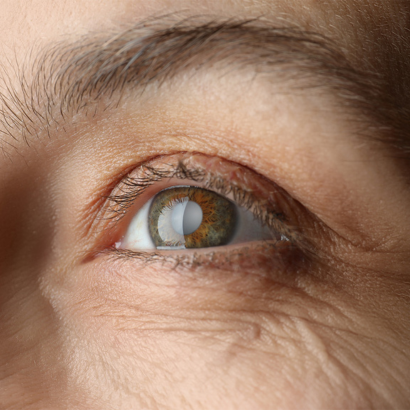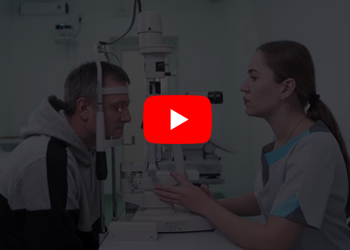How do you Prepare for Cataract Surgery?
Immediately after surgery, your vision may be blurry, so it’s essential to arrange for someone to take you home or help you move around. To ensure your safety, your doctor will also ask about any medications or natural health products you are taking, as there are some that you may need
to stop temporarily on or before the day of surgery. Some of these medications and supplements may increase the risk of complications during your surgery. Your doctor will outline what to avoid or provide alternatives. As such, see to it that you follow these specific instructions. You may also be asked to hold off on any oral intake for up to 6 hours before the surgery. Failure to follow these dietary restrictions may cause the cancellation of your procedure.
Q. What should I expect after cataract surgery?
Within a few hours of the surgery, you will likely notice that colors are brighter, due to the removal of the clouded lens. However, your vision may be blurry during the first couple of days, and your eye may be slightly light-sensitive. Dryness, occasional itching, burning and/or red eyes are also common Most of these effects will end within a few days. Your ophthalmologist will prescribe eye drops or medications to prevent or control inflammation, infection or high pressure of the eye. An eye shield is
also recommended at bedtime to protect the operated eye. You will also be scheduled for three or four follow-up appointments with your ophthalmologist to monitor your recovery progress. A month after the surgery, you will need an eye exam so you can be prescribed new eyeglasses.
- Here are the key features:
Q. What should I expect after cataract surgery?
Within a few hours of the surgery, you will likely notice that colors are brighter, due to the removal of the clouded lens. However, your vision may be blurry during the first couple of days, and your eye may be slightly light-sensitive. Dryness, occasional itching, burning and/or red eyes are also common Most of these effects will end within a few days. Your ophthalmologist will prescribe eye drops or medications to prevent or control inflammation, infection or high pressure of the eye. An eye shield is
also recommended at bedtime to protect the operated eye. You will also be scheduled for three or four follow-up appointments with your ophthalmologist to monitor your recovery progress. A month after the surgery, you will need an eye exam so you can be prescribed new eyeglasses.
How long does it take to recover from cataract surgery?
Most patients usually go back to work with light duty two or three days after surgery. However, full recovery from cataract surgery usually takes one to two months. This includes the time needed for the eye to adjust to the replacement lens and the restoration of your vision to its highest potential.
Are there potential cataract surgery complications?
Severe intraoperative and postoperative complications are possible but notlikely and are usually manageable. Cataract surgery can restore your vision to its point prior to cataracts. However, a common development (in three out of 10 patients) following cataract surgery is an after-cataract. An after-cataract happens when part of the natural lens that is purposely not taken out during
cataract surgery develops scar tissue and blurs your vision. Unlike a cataract, an after-cataract can be treated with a method called YAG laser capsulotomy. The surgeon uses a laser beam to make a tiny hole in the scar tissue behind the lens to let the light pass through. After-cataracts may
develop weeks, months — or even years — after cataract surgery. Complications are more likely if you have another eye condition. Sometimes it’s better to treat other conditions prior to having cataract surgery to ensure that you obtain the best visual results.
- Here are the key features:
- Tiny Incision: The surgery involves a very small, clear corneal incision ranging from 2.0 mm to 2.8 mm, minimizing disruption to the eye.
- Phacoemulsification Technique: The cataract is broken into small pieces using phacoemulsification, and a flexible intraocular lens (IOL) is inserted.
- You may need laser or cryopexy (freezing) to seal the tear.
- Daycare Procedure: Patients can walk in and out on the same day, as all cataract surgeries are now performed as daycare procedures.
- Stitchless, Bloodless, Painless: The surgery is stitchless, bloodless, and generally painless, contributing to a more comfortable experience.
- Quick Healing: The post-operative recovery is swift, allowing patients to resume their normal activities sooner.
Small incision cataract surgery
For more advanced cataracts where phacoemulsification is not suitable, Small incision cataract surgery may be chosen. This technique requires a larger scleral incision but is still stitchless. The entire cataract is removed, and an IOL is implanted.




